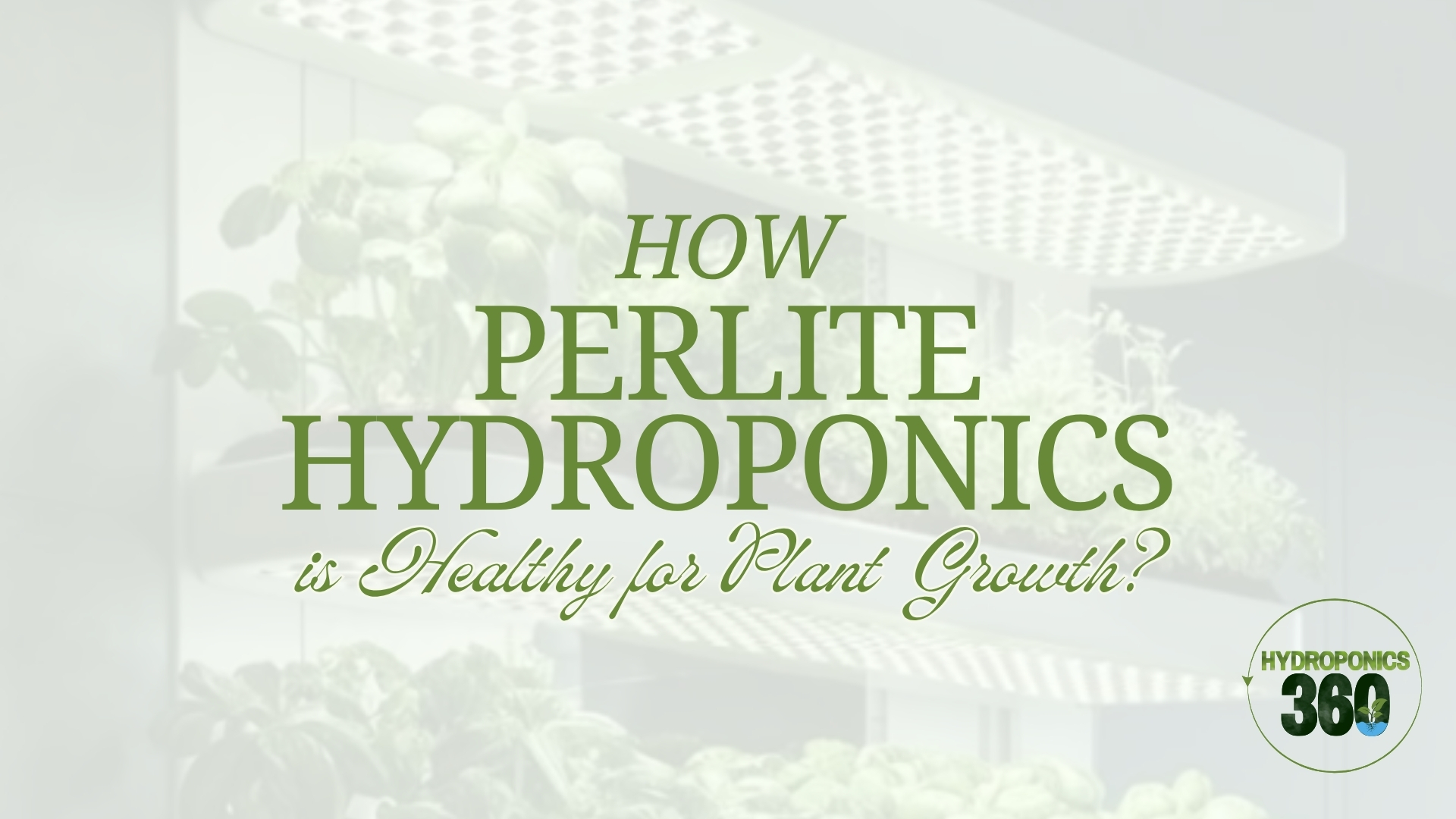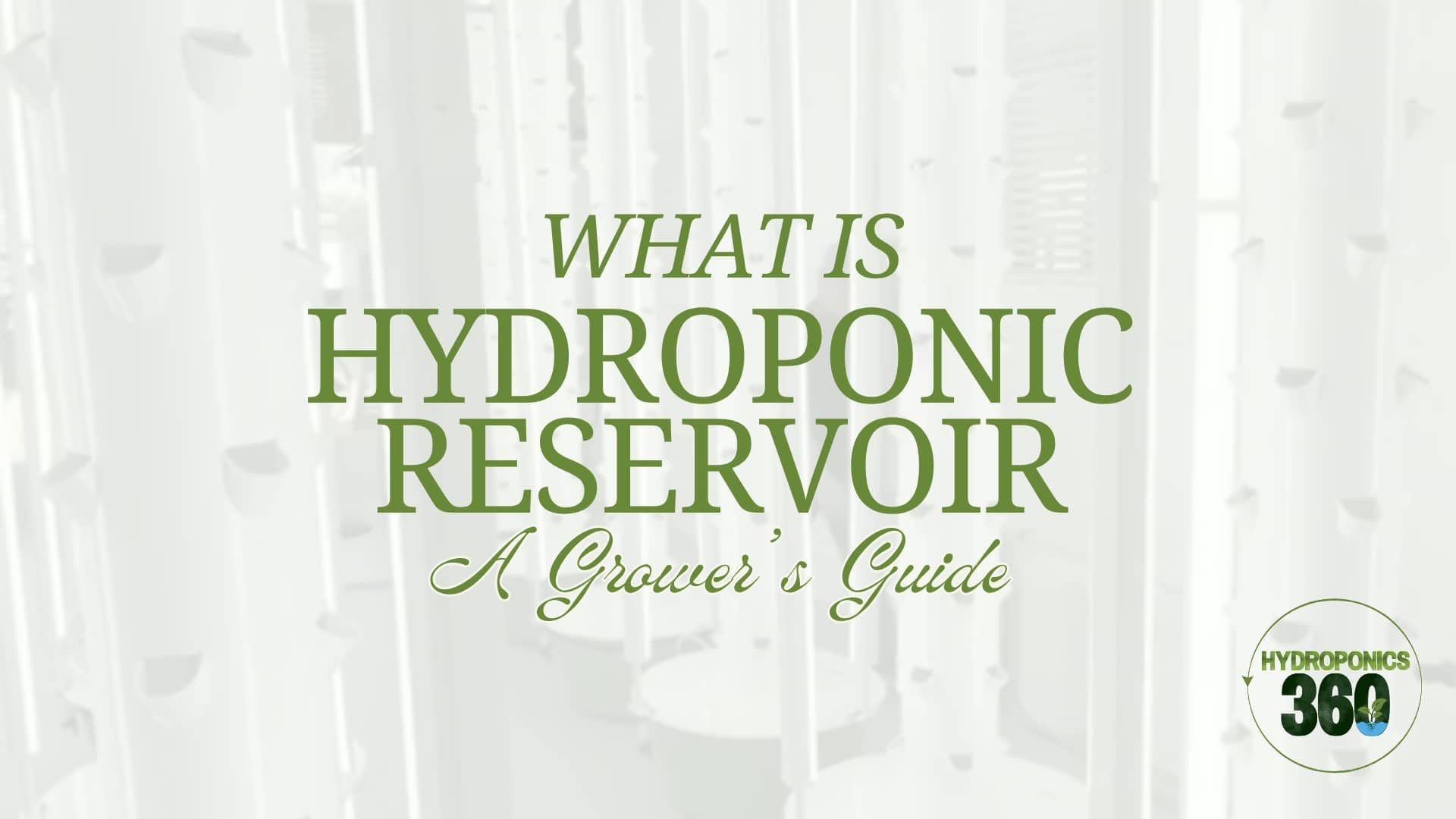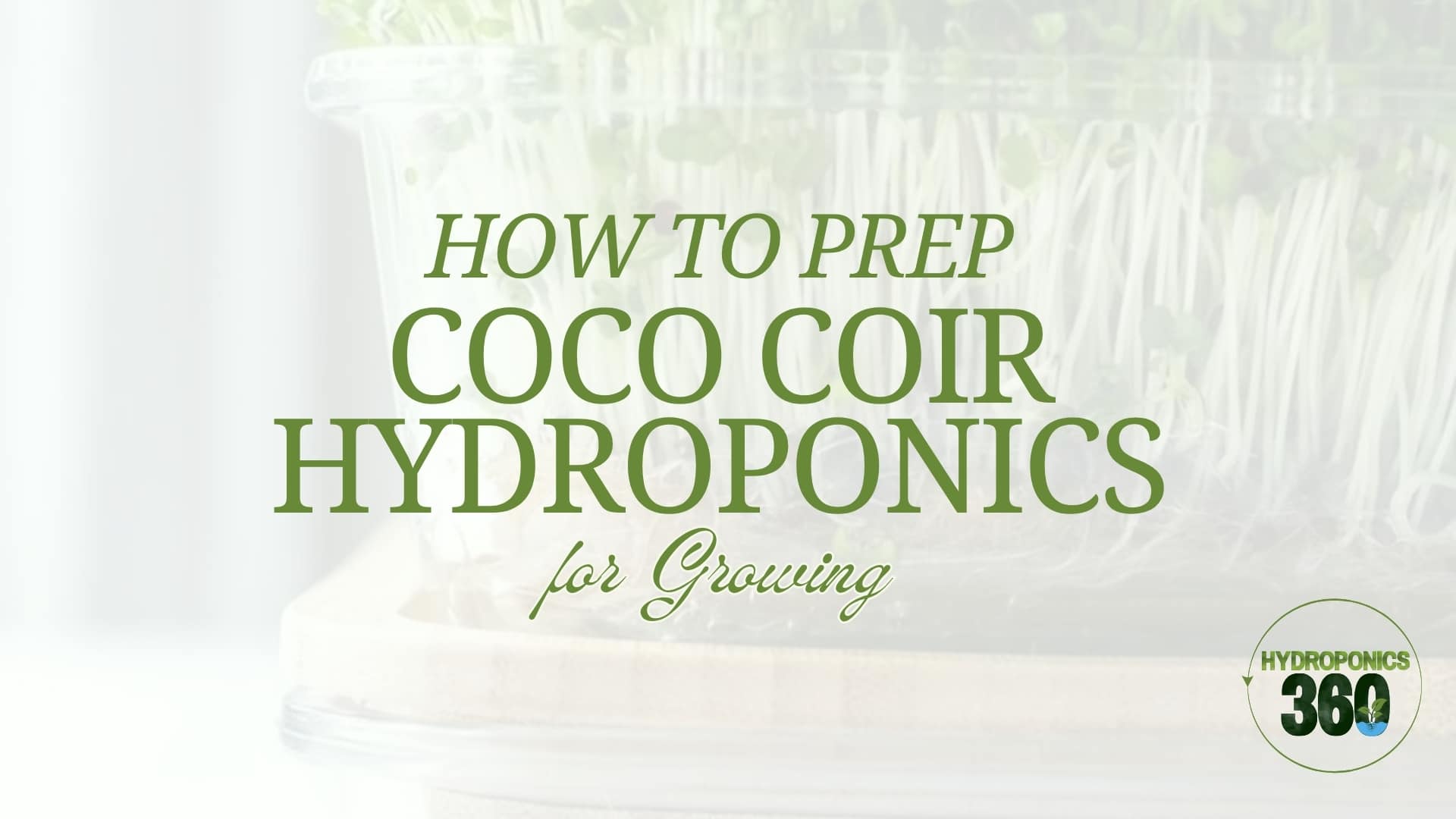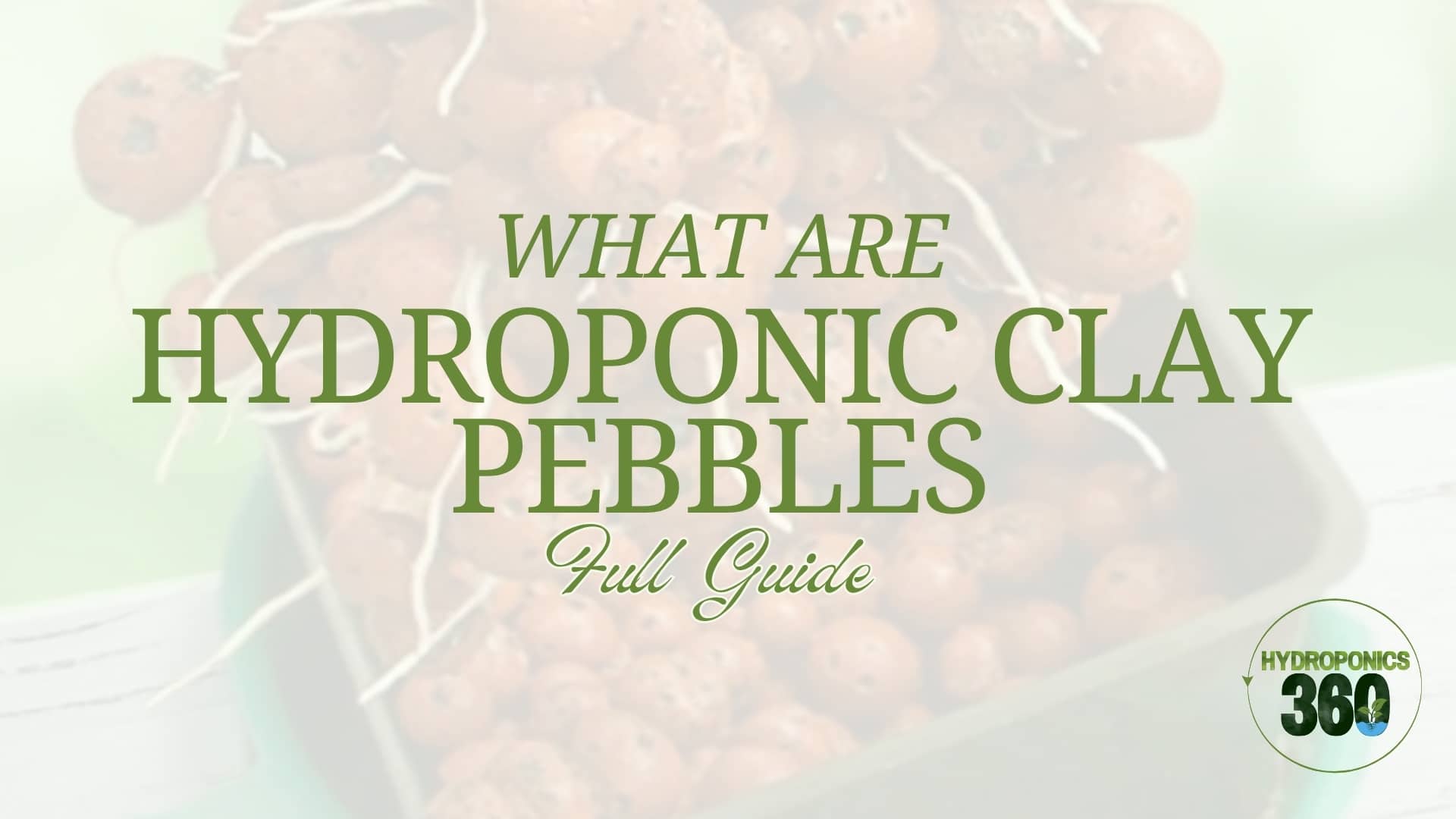Hydroponic Supplies
Table Of Content
I’ve been exploring hydroponics for over a decade now—ranging from backyard gardens and commercial setups to window-box greens. If there’s one crucial takeaway from all that experience, it’s this: hydroponic supplies matter. Selecting the right materials ensures your plants receive exactly what they need without the unnecessary fluff. So let’s get information about what hydroponic supplies are and how you can choose the right materials efficiently.
What Exactly Are Hydroponic Supplies?
Hydroponic supplies are the essential materials required for growing plants without soil. This includes containers, net pots, growing media, nutrient solutions, pH adjustment kits, and more. These supplies replace traditional soil, providing your plants with direct access to nutrients and water. Each item you select directly influences your plants’ health, growth rate, and yield.
Key Hydroponic Supplies You’ll Need
No matter your setup—whether it’s a basic home system or a larger-scale greenhouse—you’ll always need these core supplies:
- Containers: Choose water-tight, food-safe containers that block out light. Good choices include black buckets or storage totes designed specifically for hydroponics.
- Net Pots: These small baskets hold plants in place, allowing roots to reach nutrient solutions easily. Opt for larger net pots if you’re growing bigger plants like tomatoes or peppers.
- Growing Mediums: Without soil, your plants need alternatives like rockwool, clay pebbles, coco coir, or perlite. Each medium has different moisture retention capabilities, so choose according to your system’s requirements.
- Nutrient Solutions: Hydroponic nutrients provide the essential macro- and micronutrients your plants require. Look for balanced fertilizers containing nitrogen, phosphorus, potassium (N-P-K), and trace minerals like calcium and magnesium.
Environmental Impact and Pest Control Considerations
The choice of growing media can significantly affect your ecological footprint. Reusable options like clay pebbles reduce waste and environmental impact, whereas single-use media like rockwool might require frequent disposal.
Selecting the right supplies also directly influences pest control and disease prevention. Properly sterilized and maintained supplies reduce the risk of diseases and pests, while poor-quality or improperly maintained supplies can lead to unwanted infestations and plant health issues.
Budget-Friendly vs. Premium Hydroponic Supplies
You don’t have to spend big money to start hydroponics effectively. For example:
- Budget Setup: Mason jar, small net cup, clay pebbles, basic nutrient solution, and natural sunlight. Cost? Around $15, ideal for leafy greens.
- Mid-Level Setup: Larger buckets, durable net pots, quality growing media, balanced nutrients, and affordable pH meters. Perfect for tomatoes, peppers, and herbs.
- Premium Setup: Professional-grade nutrients, high-quality growing media, precision meters, and specialized containers for larger yields and consistent quality.
Where Should You Buy Your Supplies?
Shopping smartly helps avoid costly mistakes:
- Online Stores: Amazon, eBay, and similar platforms are good for basic materials but might lack reliable precision supplies.
- Specialty Hydroponic Shops: Provide quality brands, expert advice, and easy returns. Worth the extra cost.
- Farm Supply Stores and Agricultural Cooperatives: Great for bulk containers and nutrient solutions at reasonable prices.
Common Mistakes When Selecting Supplies
Avoid these pitfalls:
- Buying Too Much Too Soon: Start small, understand your plants’ needs, then upgrade.
- Ignoring pH Kits: Neglecting proper pH adjustment is a common mistake that harms plant health.
- Mismatched Media and Systems: Choose growing mediums that suit your system—rockwool retains moisture, ideal for certain setups, while perlite is best for draining systems.
Maintaining and Storing Hydroponic Supplies
Proper care extends the life of your supplies:
- Containers and Net Pots: Regularly sterilize with hydrogen peroxide or diluted bleach.
- Growing Mediums: Some mediums, like clay pebbles, are reusable; others, like rockwool, should be discarded after use.
- Nutrient Solutions: Store nutrients in a cool, dark place to prolong their shelf life (typically 6–12 months).
FAQs
What basic supplies do beginners need?
Containers, net pots, growing media, nutrients, water, and plants—that’s it! Start simple and grow from there.
How long do supplies typically last?
Hydroponic supplies can last quite a while if you take good care of them. Containers and net pots typically hold up for years if you clean and sanitize them regularly. As for growing media, it depends—something like clay pebbles can be reused multiple times if sterilized between uses, but rockwool usually has to be replaced each time. Nutrient solutions and pH adjusters generally stay good for about 6 to 12 months if you store them properly in a cool, dark spot. The better you maintain your supplies, the longer they’ll last.
Are supplies different for herbs versus fruiting plants?
Yes—fruiting plants generally need deeper containers, stronger root support, and higher nutrient volumes compared to herbs and leafy greens.
You May Also Like
- Learn how perlite enhances hydroponic systems with better aeration, drainage, and lightweight support for healthy plant growth.
- Discover everything about hydroponic seeds—how to choose, start, and grow them successfully in soilless systems.
- Hydroponic reservoirs store and circulate nutrients, ensuring efficient water delivery for optimal plant growth.
- Discover the benefits of using coco coir in hydroponics. Learn how this sustainable, pH-neutral medium boosts plant growth.
- Learn everything about Rockwool hydroponics in this expert guide—how it works, its pros and cons and preparation tips.





